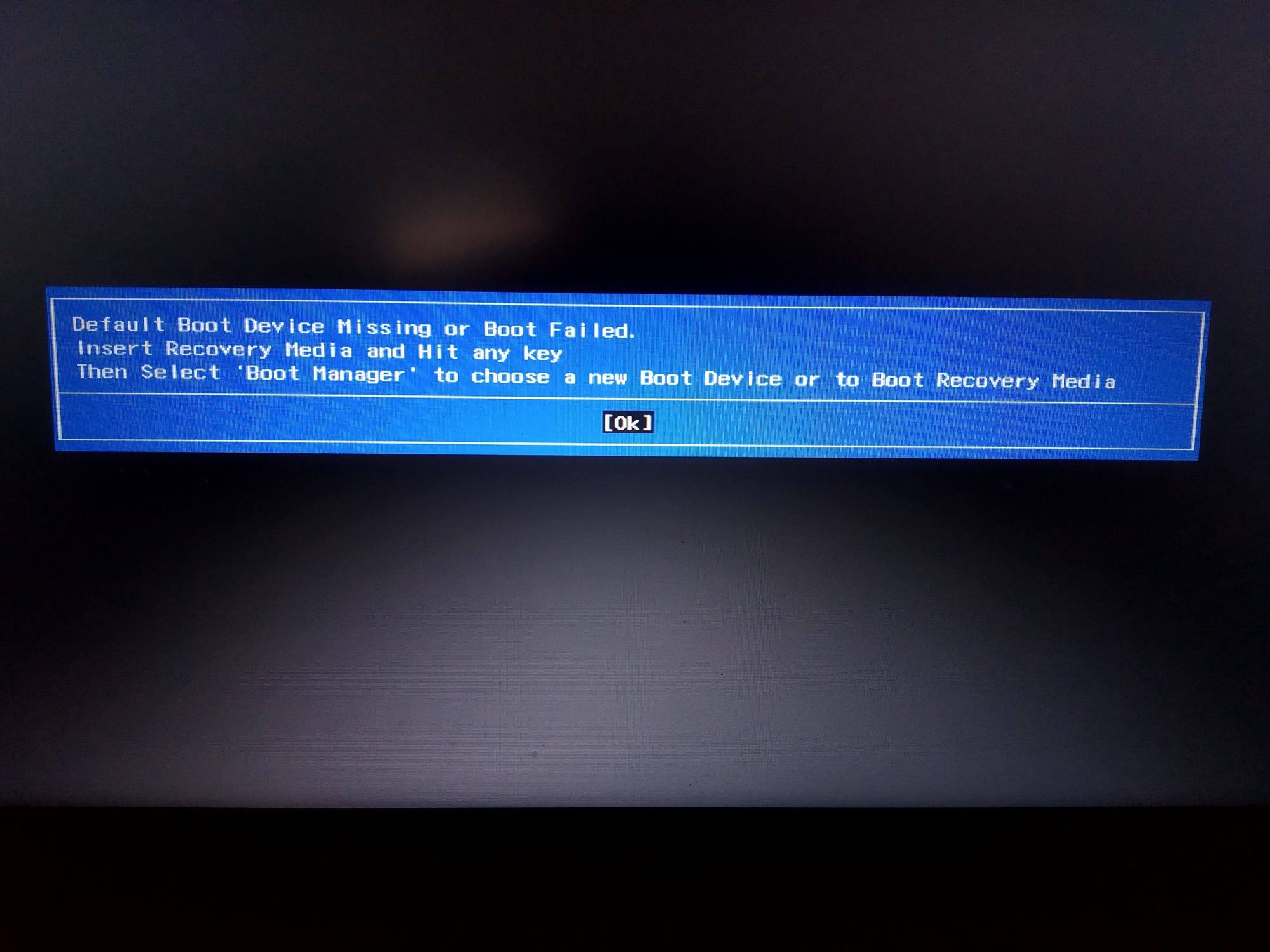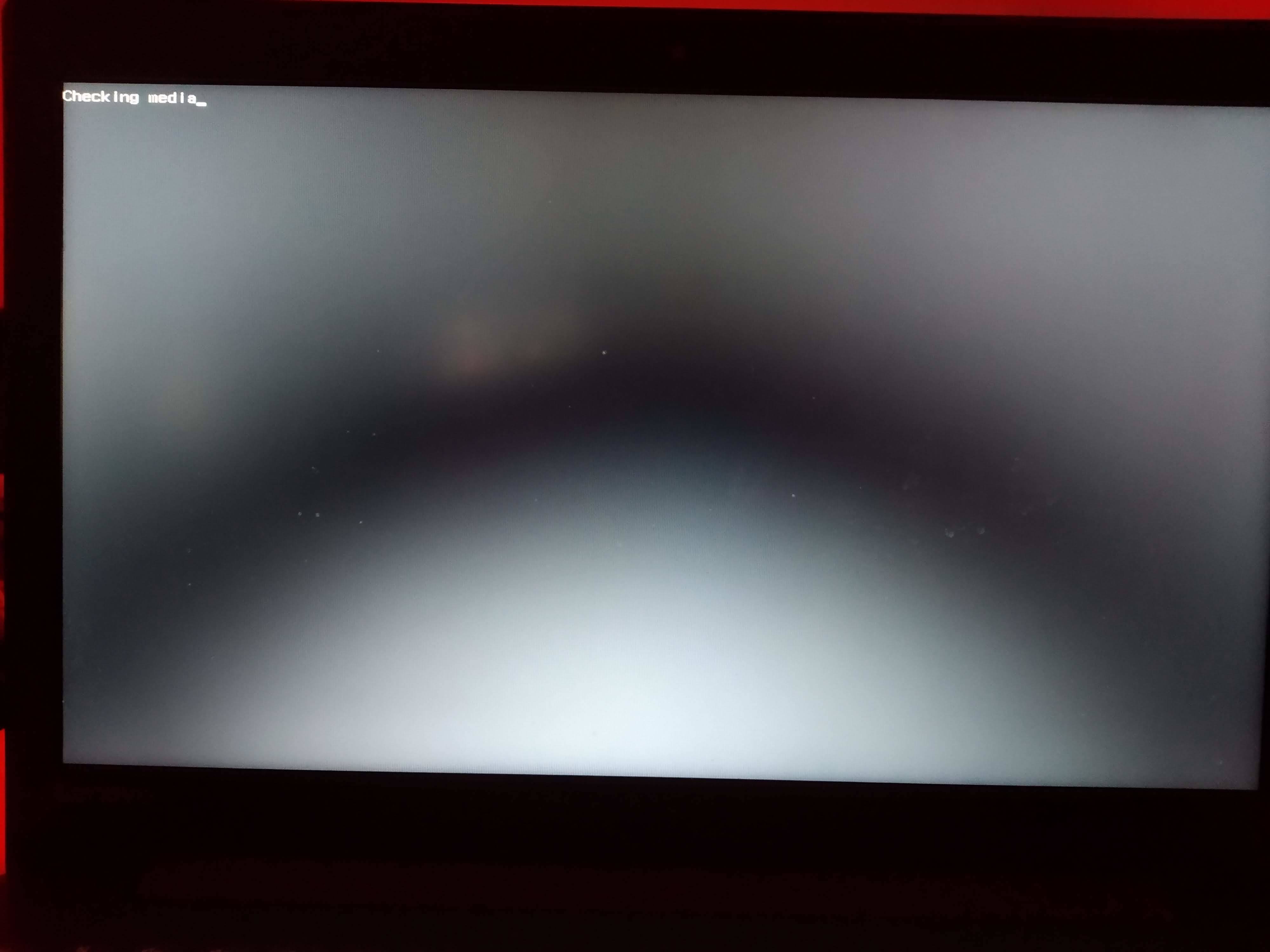Hello everyone.
I've become a shell of my former self after trying everything possible to try and make this work. Only 2 options left, either bum you guys or sell my soul to the devil.
My problem is as follows:
I bought my father a LENOVO 320-15ISK I3-6006U 4-500. Added a 4GB RAM stick and decided to upgrade the HDD to a SSD (Crucial MX500 500GB). The begining of my end.
First tried to clone the old HDD to the new SSD. Big mistake. Ultimately I wasn't able to do it because of different sector sizes between the disks. Some people on the internet said you could change a disks sector size, but could never do it. After sereval mental breakdowns, decided to go with a fresh install.
Created a Windows ISO image using Windows official tool, and created a bootable flash drive with RUFUS with said ISO image.
Switched the SSD with the HDD, plugged in the flash drive and begin installation. After the installation, the SSD won't boot.
Since the original disk, and the original options in BIOS, were set to GPT and UEFI, that's what I went for in RUFUS. However, in my desperation I tried everything.
Tried RUFUS set to MBR and BIOS (or UEFI CSM), which results in the Windows installation not being able to install Windows in the selected SSD ("windows cannot be installed on this disk").
So, GPT UEFI in RUFUS it is. In the laptop's BIOS I tried all the combinations of the following: LEGACY MODE ON/OFF, AHCI/Intel RST Premium. Fast boot off, USB boot on. None worked.
With GPT UEFI in RUFUS I am able to install Windows on the SSD, but when it comes to booting I get the message "no media found" (if I go UEFI in BIOS) or "no bootable device found" (if I go legacy mode on BIOS).
Additional info:
1) There aren't any other disks plugged in the laptop.
2) I am able to see the SSD on the BIOS home page (next to hard drive) but not in the BOOT list if I have it set to UEFI. When I have it set to legacy mode I can see it in the boot list, but ultimately get the "no bootable device found".
3) I can access the SSD on Windows if I plug it through USB, which makes it look like everything's ok with the SSD.
4) The Crucial website says the SSD and laptop are compatible.
5) I haven't tried installing on a different SSD because I haven't got a spare one.
6) Haven't tried to format this SSD on a different computer because of the hassle... Maybe try this before I sell my soul.
7) I tried fresh install on the original HDD, with UEFI and Intel RST Premium (instead of AHCI) in BIOS, and it booted fine.
8) Tried the SSD plugged in through SATA and USB, same results.
Any ideas?
Thanks
I've become a shell of my former self after trying everything possible to try and make this work. Only 2 options left, either bum you guys or sell my soul to the devil.
My problem is as follows:
I bought my father a LENOVO 320-15ISK I3-6006U 4-500. Added a 4GB RAM stick and decided to upgrade the HDD to a SSD (Crucial MX500 500GB). The begining of my end.
First tried to clone the old HDD to the new SSD. Big mistake. Ultimately I wasn't able to do it because of different sector sizes between the disks. Some people on the internet said you could change a disks sector size, but could never do it. After sereval mental breakdowns, decided to go with a fresh install.
Created a Windows ISO image using Windows official tool, and created a bootable flash drive with RUFUS with said ISO image.
Switched the SSD with the HDD, plugged in the flash drive and begin installation. After the installation, the SSD won't boot.
Since the original disk, and the original options in BIOS, were set to GPT and UEFI, that's what I went for in RUFUS. However, in my desperation I tried everything.
Tried RUFUS set to MBR and BIOS (or UEFI CSM), which results in the Windows installation not being able to install Windows in the selected SSD ("windows cannot be installed on this disk").
So, GPT UEFI in RUFUS it is. In the laptop's BIOS I tried all the combinations of the following: LEGACY MODE ON/OFF, AHCI/Intel RST Premium. Fast boot off, USB boot on. None worked.
With GPT UEFI in RUFUS I am able to install Windows on the SSD, but when it comes to booting I get the message "no media found" (if I go UEFI in BIOS) or "no bootable device found" (if I go legacy mode on BIOS).
Additional info:
1) There aren't any other disks plugged in the laptop.
2) I am able to see the SSD on the BIOS home page (next to hard drive) but not in the BOOT list if I have it set to UEFI. When I have it set to legacy mode I can see it in the boot list, but ultimately get the "no bootable device found".
3) I can access the SSD on Windows if I plug it through USB, which makes it look like everything's ok with the SSD.
4) The Crucial website says the SSD and laptop are compatible.
5) I haven't tried installing on a different SSD because I haven't got a spare one.
6) Haven't tried to format this SSD on a different computer because of the hassle... Maybe try this before I sell my soul.
7) I tried fresh install on the original HDD, with UEFI and Intel RST Premium (instead of AHCI) in BIOS, and it booted fine.
8) Tried the SSD plugged in through SATA and USB, same results.
Any ideas?
Thanks
Last edited:




